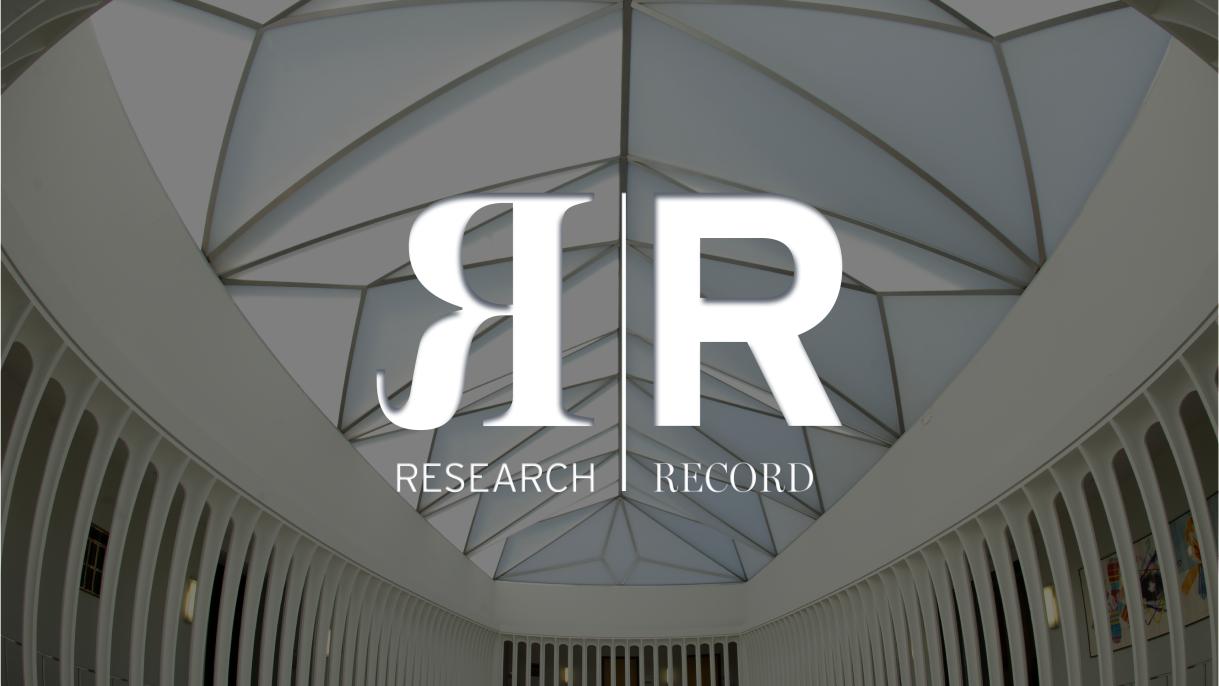

Research Record: AI for Scaling Legal Reform: Mapping and Redacting Racial Covenants in Santa Clara County
Princeton SPIA’s Research Record series highlights the vast scholarly achievements of our faculty members, whose expertise extends beyond the classroom and into everyday life.
If you’d like your work considered for future editions of Research Record, click here and select “research project.”
The Details
 Authors: Peter Henderson (Princeton University), Faiz Surani (Stanford University), Mirac Suzgun (Stanford University), Vyoma Raman (Stanford University), Christopher D. Manning (Stanford University), Daniel E. Ho (Stanford University)
Authors: Peter Henderson (Princeton University), Faiz Surani (Stanford University), Mirac Suzgun (Stanford University), Vyoma Raman (Stanford University), Christopher D. Manning (Stanford University), Daniel E. Ho (Stanford University)
Title: AI for Scaling Legal Reform: Mapping and Redacting Racial Covenants in Santa Clara County
Journal: Preprint
The Big Picture
U.S. property deeds frequently contain discriminatory language that excludes people of specific races from purchasing homes or specifies that only white individuals may do so. Even though the Supreme Court has ruled such racially restrictive covenants are unenforceable, they still litter deed records across the country and continue to be signed by homeowners when a property changes hands.
In 2021, California enacted a law that requires the state’s 58 counties to create programs to identify and redact deed records that include racial covenants.
Peter Henderson, assistant professor at Princeton’s School of Public and International Affairs and its computer science department, worked with Stanford University researchers to curate a collection of racial covenants from various jurisdictions in the country and train a state-of-the-art open language model to detect racial covenants with high accuracy.
As a pilot application of the technology, the researchers collaborated with California’s Santa Clara County, which had more than 84 million pages of deed documents to review and offered a good test case for how to reduce the manual work of this task. The system identified more than 7,500 racial covenants that county attorneys are confirming and processing.
“It’s an example of how open-source models can be used for the public good,” Henderson said. “Homeowners will not have to sign such offensive terms far sooner than a purely manual review would have allowed.”
The Findings
By automating a tedious manual process, the team estimated that this system will save 86,500 person hours and cost less than 2% of comparable proprietary models.
The researchers also provided more insight into the history of discrimination in Santa Clara County, finding:
- Approximately one in four properties were subject to racial covenants as of 1950.
- Only 10 developers were responsible for one-third of the identified covenants, suggesting that developers had a lot of say in how Santa Clara County was constructed.
- A city-owned cemetery included burial deeds only for “Caucasians.” This goes against the conventional historical account that racial covenants were used only between private parties after the Supreme Court banned state-based racial zoning.
The Implications
The team has released their system for use by other counties and the public. It can expedite the redaction of deed records that include racial covenants, reduce the cost burden on counties for doing that work, and unearth further insights into how housing discrimination has shaped communities.
“We hope that it will help uncover, redact, and preserve for the historical record these covenants—complementing and helping existing volunteer efforts across the country,” said Henderson.

